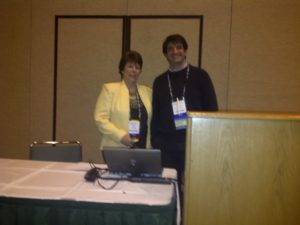 Q&A from Collaborate 11 Presentation: Your Questions Answered
Q&A from Collaborate 11 Presentation: Your Questions Answered
IT Convergence’s Gustavo González delivered the hot topic presentation entitled “Oracle E-Business Suite Environments running on Oracle VM and Oracle Enterprise Linux” at the Collaborate 11 event recently. Many questions came up during the Q&A session following the presentation and a copy was requested by attendees.
Q&A
1. How much is the Oracle VM Software?
Oracle VM can be freely downloaded, embedded, and distributed without breaking the terms of the licensing agreement. This does not refer to crippled or demo versions of the software. This includes the full Oracle VM Server and Oracle VM Manager. Oracle is the only major virtualization vendor that has a no-cost, non-crippled management console for virtualization.
Oracle does not charge for Oracle VM, and support contracts are optional. This means that Oracle is unique in the market, as it provides the only enterprise-grade Linux distribution and virtualization platform that can be used to create virtual machines that are not encumbered by restrictive IP licensing term.
1. What is virtualization exactly?
At its simplest level, virtualization is a technology that fakes out hardware, making an operating system think that it is running on a standardized hardware configuration. The software that handles this abstraction layer is called a hypervisor.
An operating system runs inside of a virtual machine, which is just a container managed by the hypervisor. The hypervisor manages and distributes the processor, memory and I/O resources of the physical server between multiple running virtual machines, which in reality reduces the amount of actual physical servers.
2. What benefits will I get from this?
• Minimized downtime and impact on performance of the applications.
• Reduced hardware maintenance and monitoring costs.
• Decreasing of the recurring licensing and costs (TCO).
3. Why Virtualize?
• Maintenance Cost: cut the cost of maintaining hardware
• Physical space: decrease the space needed in the data center by reducing the number of boxes
• Power consumption: reduce power consumption in the data center
• Elasticity: ability to increase or decrease the virtual servers (or Virtual Machines) based on business needs
